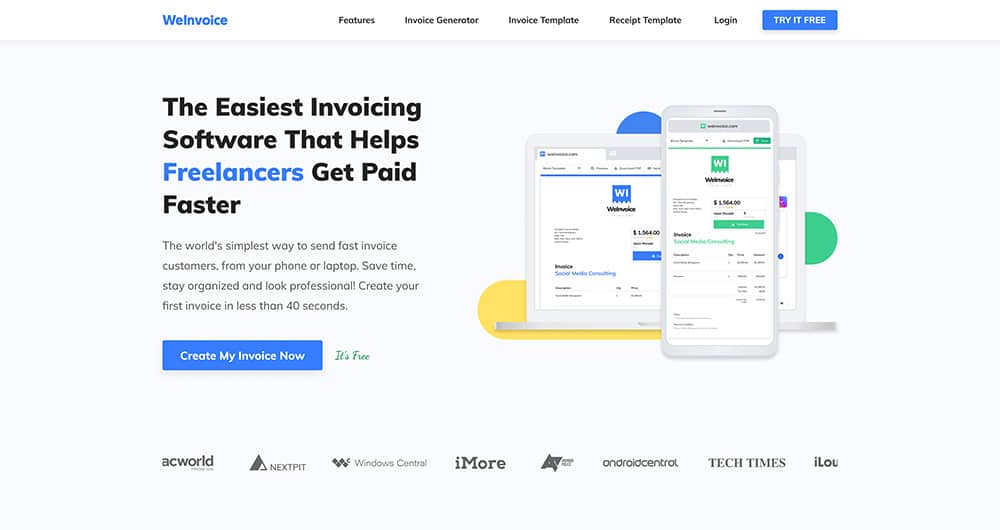Transparency is thought to be one of the basic values behind every blockchain-based cryptocurrency initiative. With such conviction, many naïve investors are willing to put their money at risk in seemingly risky initiatives.
According to data, billions of dollars in investor money have been wasted due to non-transparent blockchain projects around the world.
Over $2.8 billion was lost to rug pulls in 2021, a type of scam in which developers depart with investors’ money after appearing to be working on a legitimate project. According to Chainalysis, a crypto analytics business, 90% of the entire value lost through rug pulls in 2021 was due to Thodex, a centralized crypto exchange whose CEO vanished after the exchange stopped allowing users to withdraw assets.
Because of the enthusiasm and ease of getting a token listed, rug pulls are more widespread in non-fungible tokens (NFT), memecoins, and DeFi (decentralized finance). The iconic Squid Game tokens were developed by nondescript developer teams using fictitious identities. According to a Chainalysys research, those with the necessary technical knowledge can easily produce new DeFI tokens and have them displayed even without modifying the code.
Almost every bitcoin blockchain or blockchain-based enterprise is fueled by a “currency” or token that is sold against actual money on cryptocurrency exchanges. As many as 9680 coins are listed on the multiple crypto tax software website, which provides crypto data. Even in many legitimate projects, creators purposefully make things less open by not sharing circulation statistics. Several projects are more concerned with marketing than with development.
“In the token and Web 3.0 economy, innovative projects coexist with dubious token releases.” Tokens are often used to launch crypto initiatives. As a result, it is critical to examine the tokenomics of token-based blockchain projects to identify dangers related to token manipulation and centralization in a few wallets,” says Sharat Chandra, VP, Research and Strategy at EarthID, a blockchain-based identity management platform.
Non-transparent undertakings, according to experts, are guaranteed to fail in the long term. To save money and effort, investors should be mindful of common characteristics of such enterprises and conduct thorough due diligence.
Before investing, evaluate the project.
“The best method to evaluate a blockchain project is to undertake due diligence on the project’s staff, the usefulness, and connect with community discord channels to spot warning flags,” Chandra explains.
Before assessing whether a blockchain project is worth your money, Rohas Nagpal, chief blockchain architect at HyFi Blockchain, proposes a five-point checklist, dubbed the R.O.H.A.S. method—revenue potential, organization, history, algorithm, and social following.
Also read: Is It Good to Invest in Ethereum?
Check the revenue model from the project whitepaper/website for safety.
A good revenue model is required for a crypto asset. Investors can learn more about this in the project’s whitepaper and on its website. “Ensure that the project has a highly skilled, respected team with prior experience, credibility, and a positive social media presence.” “You may get these facts from the team members’ LinkedIn accounts,” he explains.
It is critical to investigate the project’s financial performance history. Determine whether it has had significant growth in transaction volume, active users, and trading volume. The availability of enough liquidity, multiple trade pairs, and listing on multiple reliable exchanges are the following critical factors.
Finally, the project should have a positive societal impact.
Binocs is a platform that proficiently handles your crypto exchange tax and manages your portfolio. Check out the website now.




